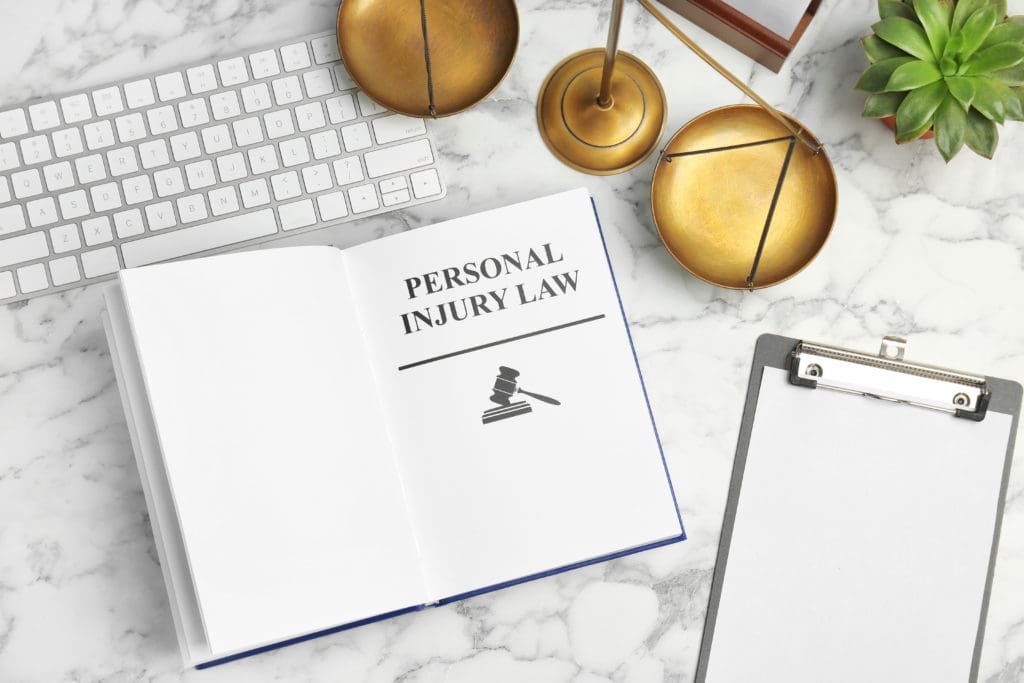Personal Injury Damages


What types of damages are considered in Personal Injury cases?
This is usually the first question that pops into an individuals mind once they have suffered a personal injury. Knowing the types of damages helps someone compare with the types they have suffered to see if they have a solid case, prior to getting in touch with a lawyer.
Reaching out to a lawyer and proceeding with a lawsuit can be a very stressful and even intimidating process for most victims. Therefore, many people feel more comfortable knowing all the facts so they may evaluate what expectations should be set.
Non-Economic Damages
A common aspect of any case is pain and suffering, also known as non-economic damages. This type of damage is mostly being scared, or about how the impact affected somebody’s life. These damages can be physical as well as mental, as an accident can have a very big impact in a persons life.
Other cases may include non-catastrophic injuries, which are also problematic.
Here are common questions law firms ask when their client is victim of an accident:
• Were there aspects which affected the person’s quality of life?
• Did the person have to miss a vacation with their family?
• Could the person not spend time with their children?
• Could the person not spend time with a loved one who was sick?
• Did the person have to deal with hard work while suffering from headaches?
All of these are examples of non-economic damages.
Risk Plays into Damages
Risk playing into damages is crucial for a lot of victims. There are many cases in which injuries were not suffered, but the victims life was still at risk.
For example, you can have an accident where somebody has very little injuries, but they were trapped in a car for half an hour, waiting for somebody to come in and get them out. Is it fair to just give them the ER bill while discounting what happened to them mentally? No. Therefore, the presentation of the non-economic aspect of an injury is something to look into and to be very particular and careful about.
First, you need to present the physical pain aspect. You can do that by either testimony of a client, or you can take a medical testimony with a doctor’s description.
He’ll say, “Well, this is what the surgery entailed. I had to go in and cut through the bone, and I had to shorten the bone.” Or, “There is a metal plate which is now inside of the knee.” So the doctor can say, “Yes, it is a risky procedure, the person could have died during surgery.
The decision to have that surgery was not something which my client took lightly, and I had to explain to my client what kind of risks they’re facing.”
If you look at any consent form before a medical procedure, it will usually say that there’s a risk of death, or there’s a risk of incapacity. That would be an aspect of non-economical damages.
Yes, the person had to have a surgery, and that’s bad enough. Then the person realizes, before going into surgery, that there’s a risk of things going terribly wrong in the surgery, and the person had to make a decision, take a risk, and then experience being frightened. How much is that worth? Well, that’s something which has to be compensated.
Life-Altering Injuries
Then of course you have situations with permanent injuries, where somebody’s life has been affected by the accident in such form that they will never be back to 100%. Typically, you will need a medical doctor to explain why they’re never going to be at 100%. Beyond that, the client needs to explain how their activities have been affected, and what they cannot do anymore.
A lot of times, just a testimony of one person is insufficient. You might need to bring in an assembly of family members, coworkers, friends, and somebody who can collaborate, as well as add details of the victims current condition.
It is an important for lawyers to spend time getting to know their client. They need to determine what their life was like before the accident and what was like after. Next, they need to ask who can verify that, and who can support it.
Sometimes you can get in situations where the medical bills are just not that high, but at the same time, the impact on somebody’s life is significant. Medical bills may be on the lower side because there is nothing a doctor can do for the injured person–but that doesn’t mean that the person is not injured or hasn’t suffered mental distress. This is something else to look at and work through.
The Three Categories of Personal Injury Damages
The three major aspects of damages for a personal injury are the medical bills, the lost income, and the non-economic damages (pain and suffering). They all really come together because they’re all part of the same process and consideration. The doctor who is testifying about the extent of injuries and treatment can also testify about how they affect a person’s life, (i.e. the pain and suffering aspect of it), and can also testify how they prevented the person from being able to work.
Liability and Damages
The two major aspects of any personal injury case are 1) liability (which has a lot of different considerations) and 2) damages. These are two things that need to be considered–while evaluating the case, as it progresses, and when presenting the case to the insurance company, the judge, the jury, or the arbitrator.
A fair amount of cases are resolved pre-litigation by negotiation with the insurance company. The purpose of an insurance company is to minimize their exposure. They have good data, and those big insurance companies share data, so they can have a pretty good range of prediction on what can happen to the case.
